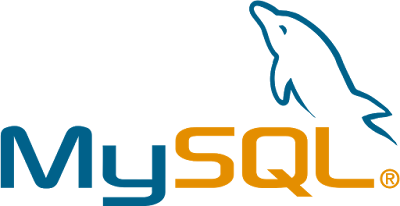What is SEO (Search Engine Optimization)?
Search Engine Optimization is the Full form of SEO. Basically, SEO is one kind of Internet Marketing Strategy; it will help a website to rank higher in search engine result pages.
SEO is a process to Optimize the Website to improve the Websites SERP (Search Engine Results Page) Rankings. It's often referred to as "Organic", "Natural", or "Free" results.
SEO helps to ensure that a site is accessible to a search engine and improves the chances that the site will be found by the search engine. SEO is typically a set of "white hat" best practices that webmasters and Web content producers follow to help them achieve a better ranking in search engine results.
SEO includes On-Page & Off-Page activities to increase search ranking.
On-Page SEO means optimization over your own Website.
Off-Page SEO means optimization over external websites which links to your Website.










